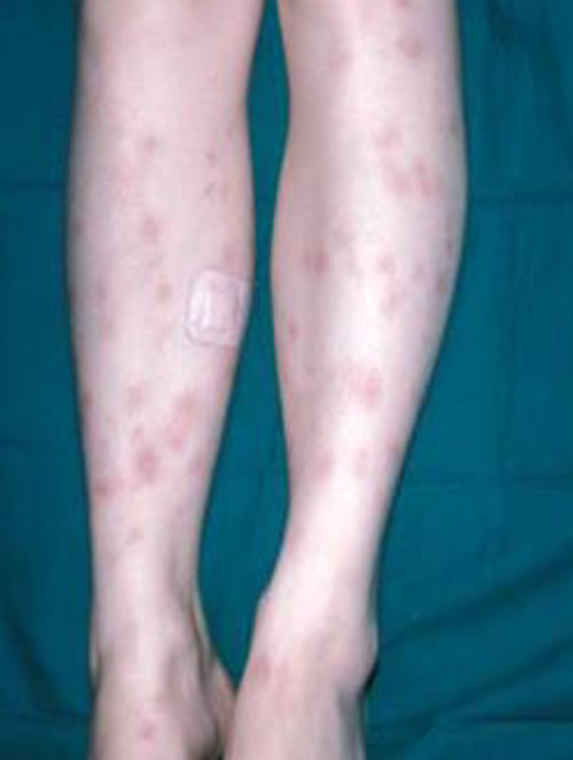Tests in Secondary Care

- You decide to refer her to the nearest Interstitial Lung Disease clinic
- Before leaving she asks you what sorts of tests might be done in the clinic?
Which of the investigations listed would be routinely considered in secondary care?
Also try and think what findings or results you might expect for each investigation
(Select all that apply)
Well done. You have scored 5 out of 5.
Feedback:
Computed tomogram of chest
- Extra-marks if you know it is a high resolution CT scan (rather than a conventional CT) as this is better for identifying interstitial changes classically seen in sarcoidosis
- It can also assess the presence and extent of mediastinal lymphadenopathy, which can help pin-point the best nodes to sample if a tissue diagnosis is being sought
Bronchoscopy
- This is commonly used to secure a tissue diagnosis
- Samples can be taken from the endobronchial mucosa, from further out into the periphery of the lung (trans-bronchial lung biopsies)
- Using ultrasound at the tip of the bronchoscope can identify lymph nodes, visible through the bronchial wall to pass a needle and get a cellular sample (endobronchial ultrasound guided samples, known as EBUS). More on this later!
Positron Emission Tomogram
- In highly selected patients e.g. those with extra-pulmonary disease or those who are not responding to conventional therapy, it can sometimes help but it is not a first line hospital test
Detailed pulmonary function tests
- Extra marks if you know this includes spirometry (which may have done already by the GP), gas transfer and sometimes a 6-minute walk test
Tuberculin skin test
- Tuberculosis can sometimes mimic sarcoidosis and is in the differential diagnosis
- The tuberculin skin test is classically negative in patients with sarcoidosis (since lymphocytes, which are needed for a "positive" tests are sequestered in the lungs of patients with sarcoidosis and relatively depleted peripherally in the bloodstream
